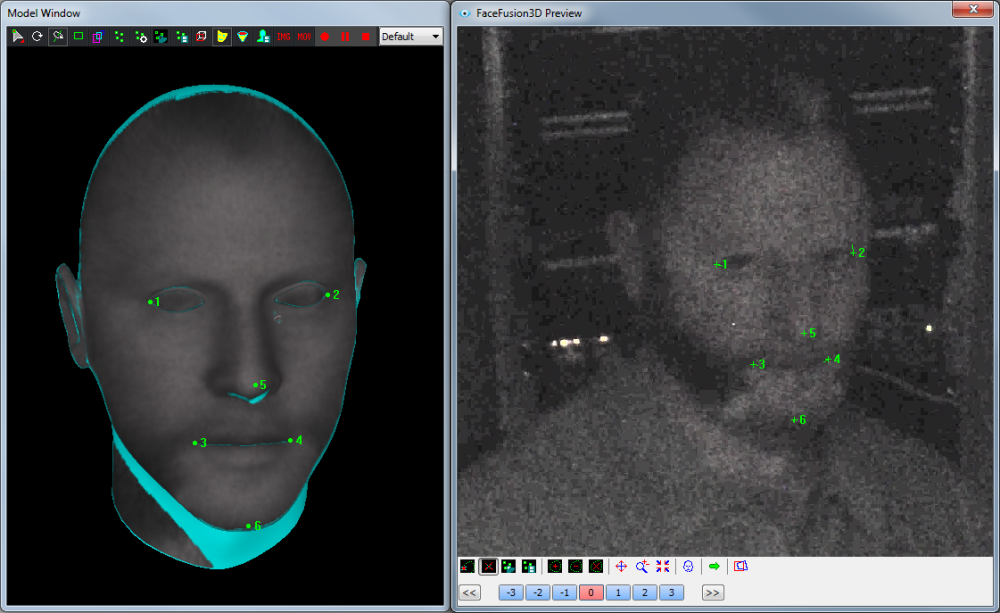
Image Authentication: Ensuring the Integrity of Digital Visual Content
Introduction
In today’s digital age, where images are shared and circulated at an unprecedented rate, the authenticity and integrity of visual content have become a growing concern. With the rise of advanced editing software and the ease of manipulating images, it has become increasingly difficult to distinguish between genuine and altered visuals. This is where image authentication comes into play.
What is Image Authentication?
Image authentication refers to the process of verifying the integrity and authenticity of a digital image. It involves verifying whether an image has been tampered with or modified in any way, ensuring its originality and trustworthiness. By employing various techniques and algorithms, image authentication helps ensure that the images we encounter are reliable and have not been subject to any unauthorized alterations.
Techniques for Image Authentication
There are several techniques used in image authentication to detect and identify any alterations or manipulations. Some of the commonly employed methods include:
1. Digital Watermarking
Digital watermarking is a technique that involves embedding an invisible mark or signature into an image. This mark contains information about the image’s authenticity and can be used to verify its integrity. By analyzing the watermark, it is possible to determine if any unauthorized modifications have been made to the image.
2. Error Level Analysis
Error level analysis is a method that examines the variations in the compression levels of different regions within an image. When an image is modified, these compression levels may change inconsistently, indicating the presence of tampering. By analyzing these variations, it is possible to identify areas of the image that have been altered.
3. Sensor Pattern Noise Analysis
Sensor pattern noise analysis exploits the unique imperfections in the sensors of digital cameras. These imperfections create a distinctive noise pattern that can be used to identify individual cameras. By comparing the sensor pattern noise of an image with a reference pattern, it is possible to determine if the image was captured by the same camera or if it has been tampered with.
The Importance of Image Authentication
Image authentication plays a crucial role in various fields and industries where the integrity of visual content is paramount. Some of the key areas where image authentication is of utmost importance include:
-
Forensic Investigations: In forensic investigations, image authentication helps ensure the authenticity of visual evidence, such as crime scene photos or surveillance footage.
-
Journalism and Media: Image authentication is essential in journalism and media to verify the authenticity of news photos and prevent the spread of fake news.
-
Art and Photography: Image authentication is vital in the world of art and photography to safeguard the originality and value of artistic works.
-
E-commerce and Advertising: Image authentication is crucial in e-commerce and advertising to prevent the use of misleading or doctored images, ensuring transparency and consumer trust.
Conclusion
In a world where digital images can be easily manipulated, image authentication serves as a critical tool for ensuring the integrity and authenticity of visual content. By employing various techniques and algorithms, image authentication helps protect against the spread of fake or tampered images, ensuring that we can trust the visuals we encounter. So the next time you come across a captivating image, remember the importance of image authentication in preserving the truth and trustworthiness of digital visuals.


